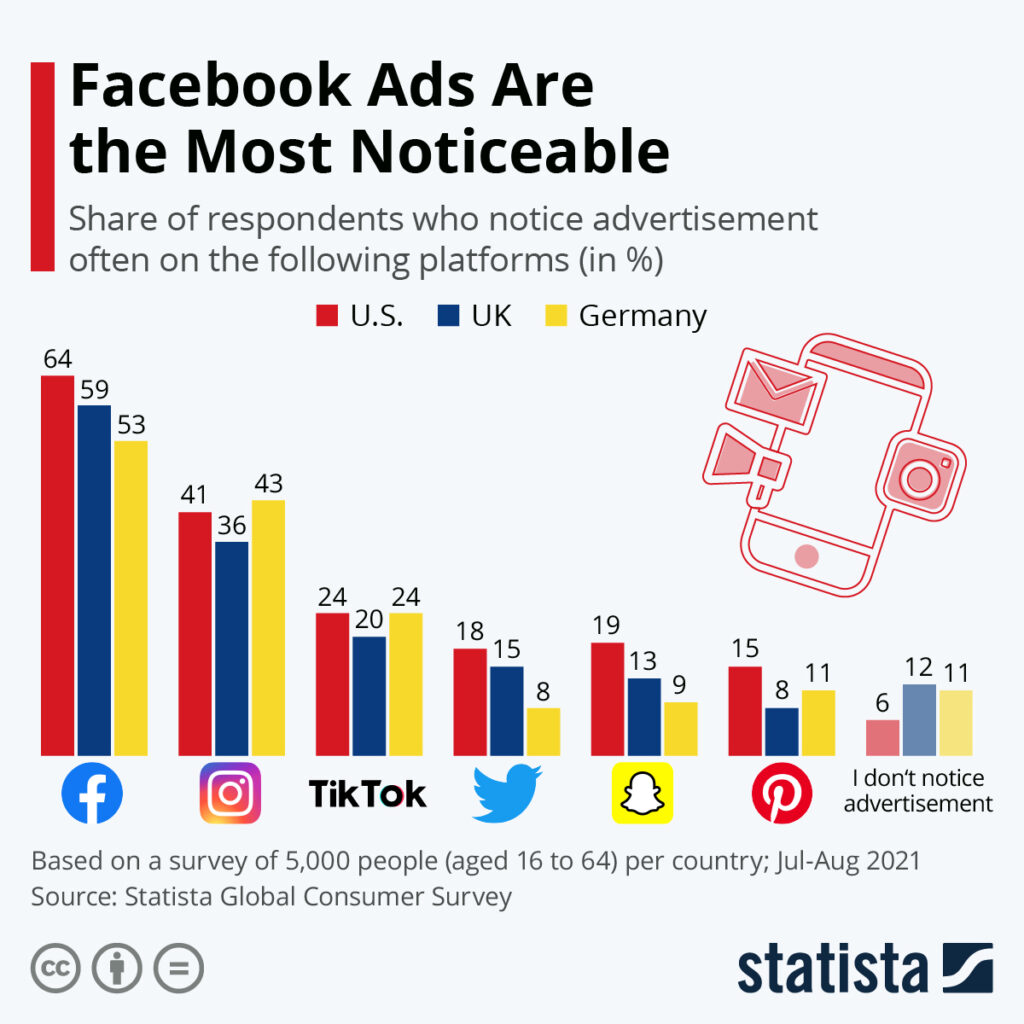As a marketing professional, one of your key tasks is identifying your target audience. Having a good understanding of your target market and matching your message to what they want to hear ridiculously makes your content much more effective. It also transforms the performance of your website. But, identifying your target market can be a challenge.
Well, in this post, we will give you six questions to ask to understand your target audience, also called the target market.
Usually, a smarmy business consultant, or maybe even your marketing company, might ask you about your target audience, and you’ll be like, ‘I should know this.’ The thing is, it’s not your fault! If you had a physical shop where people walked in, you’d obviously be meeting and talking to customers daily. But it’s very easy to become misaligned with the target customer if you’re doing a lot of your business online, through a website, email, or social media.
What is Target Audience?
To know how to find your target audience, it’s important to first define what a ‘target audience is. Your target audience has to be a specific group of people most likely to be interested in and respond positively to what you offer. It can also mean the specific demographic or psychographic segment your business focuses on as potential customers.
Some most common data points to define your target audience are:
- Age
- Gender
- Geographic location
- Purchasing power
- Spending habits
- Platform availability
Target audience and target market: Are they different?
Target audience and target market are two terms that are often used interchangeably. In some circumstances, they may mean the same thing; however, there is an important difference between them. A target market is the specific segment of the population you are targeting for business purposes. On the other hand, a target audience is a specific group in your target market that is further categorized in terms of their interests, age, living standards, income level, etc.
Now that you have a fair idea about the target audience, how do you find yours?
In a word, the answer would be through market research. No business would dare to run a marketing campaign without proper market research and knowing the target audiences. How do you conduct market research? Here’s a step-by-step way to find out your customer persona.
Start with brainstorming about your ideal target market
A tight match between your message and your customer is necessary for your marketing efforts to be as effective as they should be, so deeply understanding your target audience and their pain points is key. Before we give you the questions to narrow down and understand your target audience, you might need to brainstorm to find your target audience in the first place and get yourself kind of familiar with what they’re like. So here are a few different ways that you can do this.
Do some good old-fashioned Facebook stalking
Yes, that’s right. You may go and find your customers on Facebook and do a bit of stalking to learn about what their lives are like. Look at their family situation, what sort of house they live in, where they spend their time, and what their interests are. We want to be able to profile our target customers as nicely as we can, our own friends so that you can predict the decisions and choices of your target audience.
Research different target audiences on Reddit
On Reddit, look at the users asking questions about your product or service or the problem you solve. People who feel completely at ease asking questions in their own language could be a goldmine for you. It would help if you reviewed these conversations and looked for any mismatches. What language do they use? How do they talk about the problem, and how do they describe solutions to it? Get a good understanding of how your target customer thinks and try to outline the ideal buyer persona for your business.
Another way to do target audience research is the phone
Nothing beats picking up the phone and talking to your customers to find out what they are like. You must not just ask questions about the business, like how you found us or what made you choose us, or how you would pitch us to someone like you, but try to understand more about their life in general. What keeps them awake at night? What are they thinking about for their future? What are their favorite things to do? What do they do when they’re not buying your product or service? As you do a bunch of these calls, you’ll begin to pick out commonalities between your specific audience and build a mental image of your target audience.
How to find your target audience by answering questions

To identify your target audience, you must be able to make generalizations about your potential audience members so that you can visualize them as a single person or a definite category of people rather than a large and diverse group. It’s much better to be very specific about the characteristics of your perfect customer, and here are a few questions to help you with that.
Q1. How old is your target customer?
Knowing the answer to this question is essential as it could define how you reach out to your target audience. For example, TikTok could be one of the best marketing channels if you’re targeting a very young demographic but not if you’re targeting 75-year-olds.
Knowing your target audience’s right demographic data also defines your marketing language’s context. For example, if your target audience falls in the 20-30 age group, a lot of your message is about proving yourself and earning your stripes, showing that you’re valuable and can do something.
However, this would only apply if you are trying to reach out to more seasoned workers who already know what values mean because their needs are more obvious now. Instead, these folks want assistance learning new skills, so your messages must convey how you will make things easier for them.
These may seem like massive generalizations, but it’s essential to understand your target audience to know how you can reach out, connect with, or interest the ideal customer to create successful marketing campaigns that lead toward increased sales of products/services.
For example, let’s take the website of a dental clinic specializing in dental implants. Like most dentist websites, the images had young, happy people with perfect teeth. That’s different from the target audience, as dental implants are predominantly sold to older people. Every time the target audience arrived on the website, they couldn’t identify themselves with the images of younger people and left. Since the images on the landing page didn’t match the buyer persona, the conversion rate was low, and the site was underperforming.
Therefore, to ensure that your website is appealing and engaging, it’s important to make sure the content on-site and in your marketing collateral aligns with what your target audience would be interested in.
Q2. Where does your perfect customer base reside or spend the most time?
This knowledge is essential to creating content that resonates with your ideal customer. It allows you to create messages specific to the area, how people there would like to be spoken to, and how they would like the product/service to be presented. You can also use language that is acceptable in that area or region. This will make it easier for current and potential customers to connect with your brand and recognize its value.
It can also impact the performance and budgets of your marketing campaigns. By knowing the geographic details of your target market, you can focus your ads on one particular city or area where your right target audience is. And by not targeting your ads in other areas, you can save the budget to put into this productive area.
For example, a business selling high-end men’s shoes had a lot of success targeting particular streets and areas in London. They targeted higher income bracket areas and areas where people are more likely to have more disposable income because that’s where their customers live. Depending on where your customer base lives can be a good way to save your ad budget and focus on the people most likely to buy.
Q3. What’s the most common gender of your target audience?
This may seem a potentially contentious question, as most businesses don’t feel like they have a gender bias. But looking at Google analytics and the data behind the purchases can tell a very different story about your customer persona.
For example, looking at existing customers on one website that sold gifts for children, females accounted for 77% of all traffic. So we might think that this business is focused on females. However, females converted only half as much as males. So females made up 60% of the sales, and men made 40% of the sales. Thus men are more likely to convert when they’re on the website.
Though, there are all sorts of possible reasons for this. What’s important to understand is who is making the buying decision and who is making the research decision because the content and the imagery on the site might need to be adjusted accordingly.
At the same time, you never want to exclude anyone, and neither should you be targeting one type of person or another. But you must leverage the statistics we get from the sales and try to make the most of it by ensuring that your marketing strategy is in sync with the data.

Q4. How do you promote your target audience?
The key to reaching your target audience is getting the right message at the right time. For example, suppose your audience is a slow decision-maker who prefers seeing things many times before making a purchase. In that case, advertising methods like remarketing and retargeting social ads could work well for you. Whereas, if your audience is an impulsive buyer, you must be willing to pay more for the cost per click on Google ads to convert the leads immediately.
A study by ComScore found that retargeting leads to 1000% more users than other types on Facebook, which means you could potentially have a conversions boost if your site or app has been advertising through these channels, but to the right target audience.
Another way of considering this is if your target audience has some cynicism about the purchase. For example, if a customer has had a bad experience with a product or service similar to yours, they’ll be very skeptical about making the purchase. So what you need to do in this case is build trust by showing testimonials, case studies, and other forms of social proof to reassure them that this time around, it is going to be okay. Convince them that you will be able to address their pain points with your product or service.
Finally, think about the time of day and day of the week when your target audience is most responsive. Whatever this window is, leverage it by running your ads only during this time frame to save on ad spending.
Q5. Where do they spend their time online?
By understanding where your target audience spends their time online, you’ll be able to create content that will reach them more effectively. This is a great way to save your ad budget and focus on the people who can genuinely benefit from your business.
For instance, if your target audience loves reading blog posts, paying for blog placements or having guest posts written by influencers in the industry would make sense. If they’re mainly active on social media platforms, you can run ads on the platforms they frequent or have influencers collaborate with you and promote your products by addressing customer pain points.
We also want to consider the different publications that your target audience spends their time reading. Are they a part of any particular niche community? Whom do they follow on social media, whose blog posts do they read, etc.? You may also survey your target audience to find out where they spend the most time online and what kind of content resonates with them. This will increase your chances of capturing and retaining their attention, leading to more conversions.
Q6. What type of content and marketing efforts work best for them?
To write content that your target audience will find compelling, you need an understanding of who they are and their preferences. Consider the type(s) of media as well as length or format – does a short blog post interest them more than a long-form article? Are videos better for mobile users rather than those using desktop computers?
For instance, if your target audience loves visuals more than written content, then you should focus more on creating visuals such as infographics, memes, GIFs, and videos. Similarly, blog posts or eBooks could be a great way to engage them if they’re more comfortable with long-form content.
The key is creating content pieces tailored specifically for your ideal market segment. They should be informative, entertaining, and, most importantly, relevant to your brand’s message. You may also like to experiment with different types of content to see what addresses your target audience’s pain points.
Also, your intended audience might not check Instagram every day or even several times per week, or maybe they don’t have time to check stories every day, but enough to check the three main posts. Or they check their social media for a few seconds, but several times a day. If you can drip-feed little bits of content for them, that might help you increase conversions.
Don’t be afraid to conduct customer interviews and ask them what kind of content they’d like to see from you, and accordingly, create will engage them.
Also, read: Why is social media an important part of inbound marketing?
How to know if your website is attracting the target audiences?
The easiest way to measure how well you attract the target audiences is by tracking how much web traffic your website receives from that market segment. You can do this using analytics tools such as Google Analytics and track how many visits, page views, and conversions come from each target audience demographic. Check for the following audience data.
- Look for the source of website visitors on Google Analytics. Are they organic search traffic or referral links?
- Check how long visitors spend on your site, which pages they most frequently visit, and how often they convert into customers.
- See how well-targeted ads perform. Is there an increase in website visits when you run a targeted marketing campaign?
- Monitor how your email list is growing. How many people are subscribing to your emails?
By monitoring how your audience interacts with your website, you can better understand how well they respond to your content and how effective it is in reaching the right people. These audience insights can help you tweak and refine your content strategy accordingly.
You can also try A/B testing to see how different versions of web pages or content pieces perform with different audiences. This can help you identify how well-targeted content performs compared to a generic version and how it drives conversions or engagement from your intended audience segment.
Wrapping up
Understanding your target audiences is essential in creating effective marketing strategies and ad campaigns that can yield measurable results. You need to know their likes and dislikes, where they spend time online, what type of content works best for them, and when they’re most likely to be engaged.
Once you have all this information, you can craft ad campaigns to reach your target audience and convince them to purchase from you. You also need to study Google analytics and data from social media analytics tools to understand your current customers. Finally, don’t forget to include social proof in your ads, as this will help boost their trust in your brand even further. Good luck!



